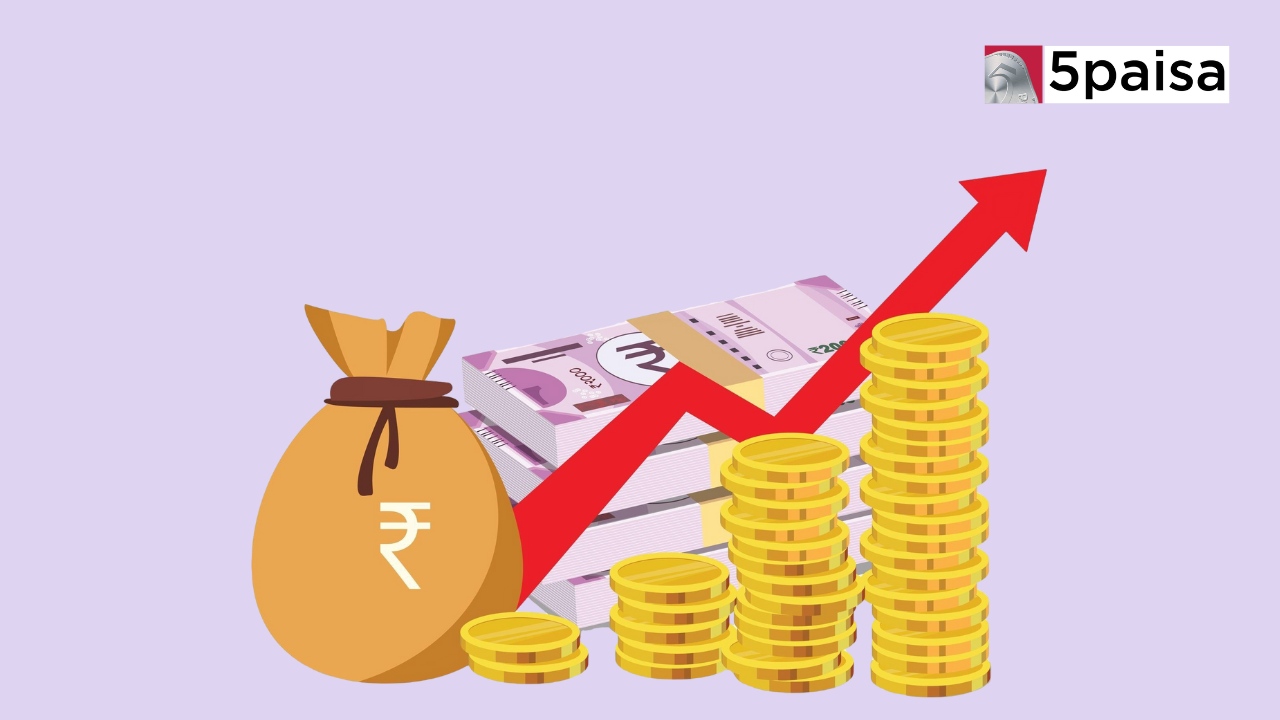3 Technologies Disrupting Finance in 2025: AI, Blockchain & Big Data Revolution
How to Calculate Interest on Savings Account?

Calculating interest on your savings account is crucial to understanding the potential growth of your funds and making informed financial decisions. Banks offer interest as an incentive for individuals to maintain their savings with them. However, the calculation methods and factors involved can be complex.
What is Interest on Savings Accounts?
Interest on savings accounts is the amount of money a bank pays you to keep your funds with them. It is essentially a fee that the bank pays you for the privilege of using your money. The interest rate is typically expressed as an annual percentage yield (APY), which represents the actual rate of return you will earn on your savings account, considering the effects of compounding.
Understanding Key Concepts
Before getting into the calculation methods, it's essential to grasp a few key concepts:
● Principal: This is the initial amount of money you deposit into your savings account.
● Interest Rate: The interest rate is the percentage of your principal that the bank agrees to pay you as interest over a specific period, typically one year.
● Compounding: Compounding is the process of earning interest on both your principal and the previously earned interest. This allows your money to grow exponentially over time.
Simple Interest Calculation (With Formula and Example)
The simplest form of interest calculation is simple interest, which is calculated based on the principal amount and the interest rate over a specific period. The formula for calculating simple interest is:
Simple Interest = (Principal × Interest Rate × Time) / 100
For example, if you have a savings account with a principal of ₹10,000 and an interest rate of 4% per annum, the
simple interest earned over one year would be:
Simple Interest = (10,000 × 4 × 1) / 100 = ₹400
Compound Interest Calculation (With Formula and Example)
Compound interest is the interest earned on both the principal amount and the previously earned interest. This means that the interest earned in one period is added to the principal for the next period, allowing your money to grow exponentially over time.
The formula for calculating compound interest is:
Compound Interest = Principal × [(1 + Interest Rate/100)^Time - 1]
For example, if you have a savings account with a principal of ₹10,000 and an interest rate of 4% per annum, compounded annually for two years, the compound interest earned would be:
Compound Interest = 10,000 × [(1 + 4/100)^2 - 1] = ₹824.32
As you can see, the compound interest earned (₹824.32) is higher than the simple interest earned (₹800) over the same period, demonstrating the power of compounding.
Factors Affecting Interest Calculation
Several factors can influence the interest calculation on your savings account:
● Interest Rate: The higher the bank's interest rate, the more interest you will earn on your savings.
● Compounding Frequency: The more frequently interest is compounded (daily, monthly, quarterly, or annually), the faster your savings will grow.
● Account Balance: The higher the balance in your savings account, the more interest you will earn.
● Fees and Charges: Some banks may charge maintenance fees or other charges, impacting the overall interest earned on your savings.
Conclusion
Understanding how to calculate interest on your savings account is essential for maximising the growth of your funds. By grasping the concepts of simple and compound interest and the factors that influence interest calculations, you can make informed decisions about where to keep your savings and how to optimise your returns. Remember, even small amounts saved consistently can add up significantly over time due to the power of compounding interest.
Frequently Asked Questions
Are There Different Types of Interest Rates for Savings Accounts?
Do All Savings Accounts Earn the Same Amount of Interest?
Are There Any Fees Associated with Earning Interest on a Savings Account?
- Flat ₹20 Brokerage
- Next-gen Trading
- Advance Charting
- Actionable Ideas
Trending on 5paisa
Personal Finance Related Articles
Disclaimer: Investment in securities market are subject to market risks, read all the related documents carefully before investing. For detailed disclaimer please Click here.

 5paisa Research Team
5paisa Research Team
 5paisa Research Team
5paisa Research Team
 Sachin Gupta
Sachin Gupta




